
The mutual security pact between Russia and North Korea signed in June 2024 came amid heightened geopolitical tensions worldwide. Russia’s war with Ukraine is ongoing, Israel’s conflict in Gaza continues, and China is strengthening its position around Taiwan. The agreement between two rogue autocratic states will not change much in the short term, but it could have worrying implications in the future for South Korea and the United States. This article will explore some of the scenarios that could unfold if the Korean War became an active conflict once more.
Why This Matters
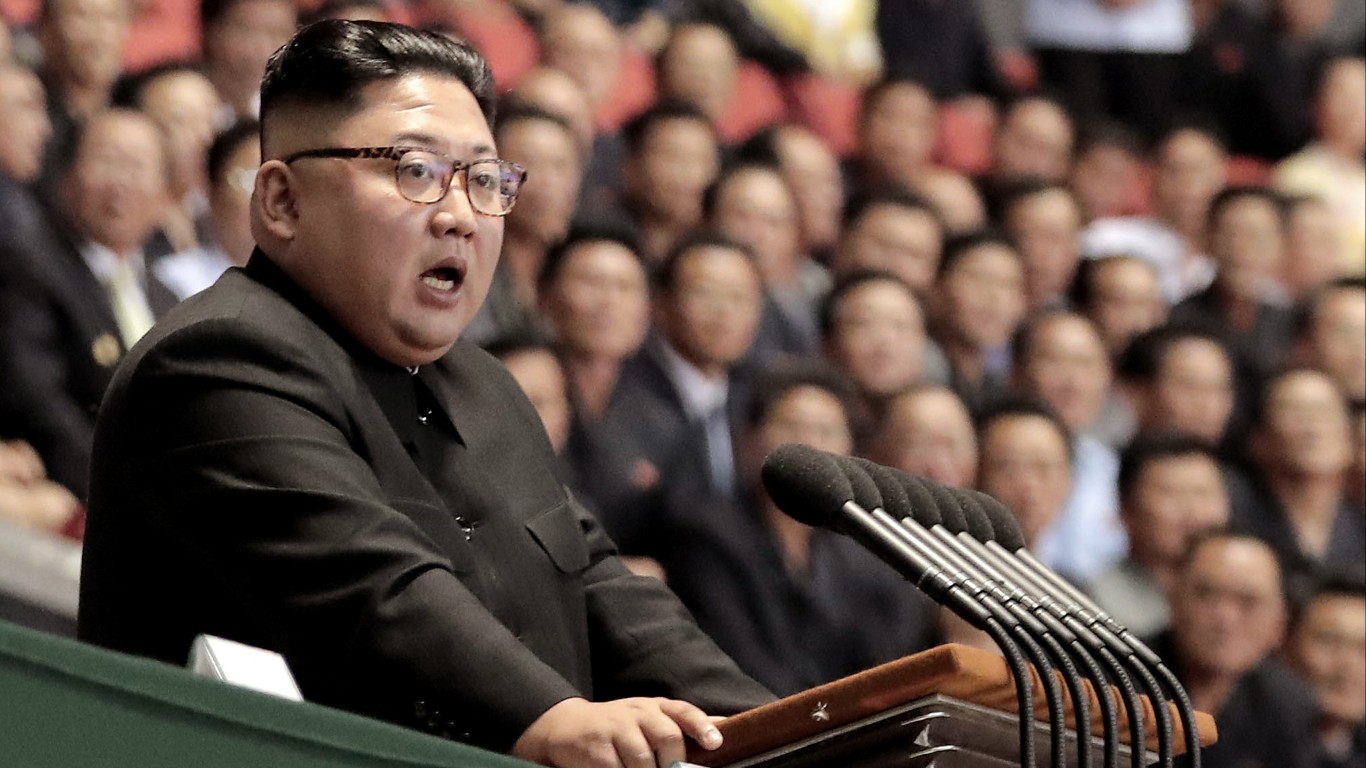
North Korea’s position towards its southern neighbor has become increasingly bellicose. In January 2024, Kim Jong-Un described South Korea as “our principal enemy” and promised its annihilation if provoked. This rhetoric is a departure from North Korea’s decades-long stated position of peaceful unification under a federal system. Pyongyang has also markedly ramped up its weapons testing and production. The deal with Russia will help modernize North Korea’s badly outdated military and may help unlock its mineral wealth. It’s important to fully understand the provisions of the pact and how they could impact a renewed conflict.
Russia

A close reading of the text of the treaty between Moscow and Pyongyang reveals some key points about the true nature of the alliance. The first point is that it is a defensive treaty so if North Korea was the aggressor in a renewed conflict, Russia would have no obligation to lend assistance. Additionally, Article 4 states that self-defense measures taken must follow Article 51 of the UN Charter.
This means that any actions taken by North Korea must be reported to the Security Council and adhere to international law. Using nuclear, chemical, or biological weapons, which Pyongyang is currently under sanctions for possessing, would be illegal. In short, this gives Russia significant discretion over the nature of any military aid provided. Moreover, it could influence North Korea’s conduct in a potential war. Of course, an autocratic regime fighting for its survival is unlikely to care much about international law but does give Russia some diplomatic cover.
It would take an extreme set of circumstances for Russia to be treaty-bound to intervene. While very unlikely, there are still a few scenarios where this could play out.
The Igniting Incident
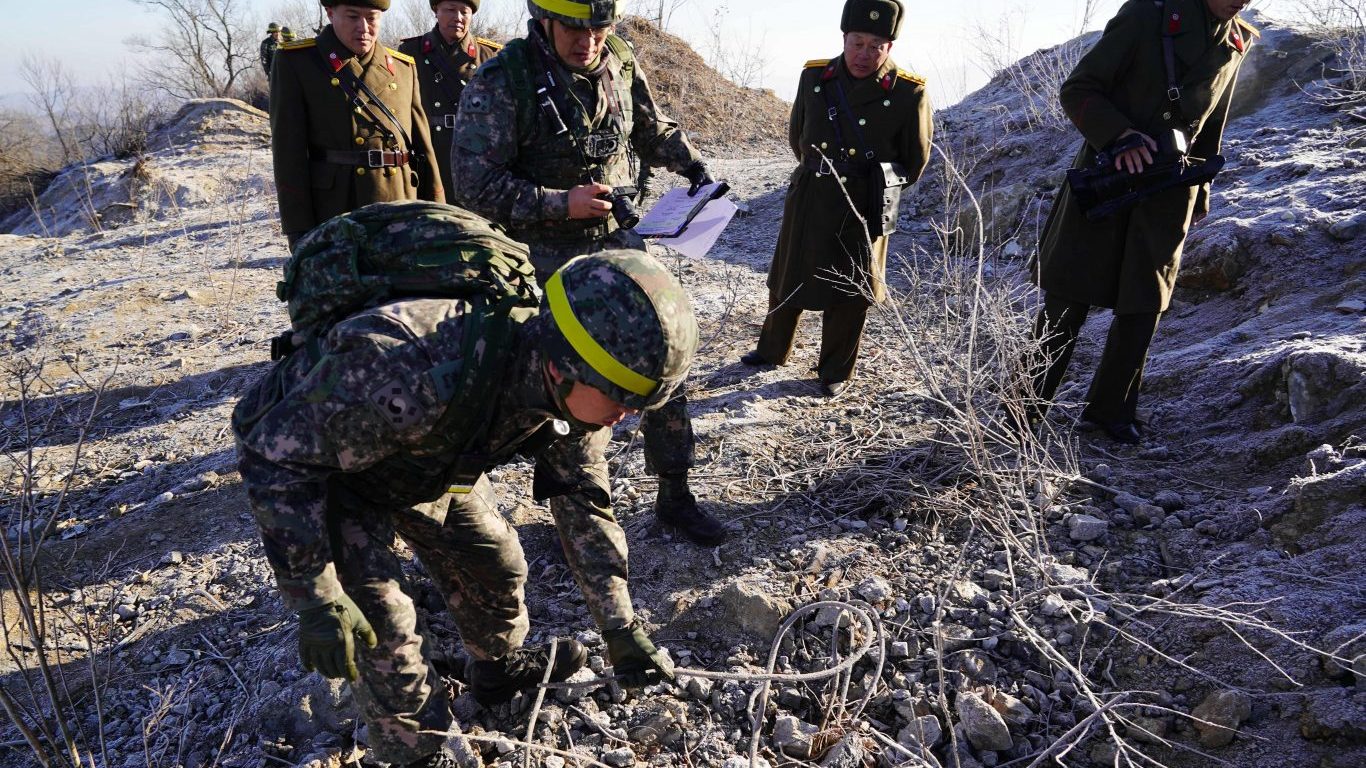
The Demilitarized Zone and the Northern Limit Line (the maritime border between North and South Korea) have seen hundreds of incidents since the 1953 armistice. A quasi-border conflict in the late 1960s didn’t erupt into a wider war. Trash-filled balloons certainly won’t be enough to reignite the war, so what might?
If North Korea continues its weapons testing and inflammatory rhetoric, South Korea may need to revise its strictly defensive policy toward Pyongyang. A large build-up at the DMZ and within striking distance of Seoul could create a scenario where a pre-emptive strike is considered. Seoul is just 15 miles away from the DMZ at its nearest point. Paju is a manufacturing hub that’s even closer to the border. The northwest of South Korea is one of the most densely populated areas in the world. This makes it incredibly vulnerable to North Korean artillery.
Because of this extreme vulnerability, South Korea might feel forced to make the first move. If there was credible intelligence of an imminent attack, a joint American-Korean operation to neutralize the threat could be carried out. The attacks would limited and are very unlikely to include ground units, they would be a last resort short of a full-scale invasion. However, there’s every possibility, the situation would soon get out of hand.
No matter how effective the South Korean and American attacks were, they could not destroy North Korea’s offensive capabilities in one fell swoop. Surviving North Korean artillery could inflict massive damage on South Korea. The North Korean retaliation would probably be against economic targets like the production facilities in Paju. While there would still be hope for preventing full-scale war, the South Korean doctrine of Korea Massive Punishment and Retaliation (KMPR) could close the door to diplomacy and trigger North Korea’s defensive pact with Russia.
Artillery Devastation

South Korea’s armed forces hold a major qualitative over North Korea’s largely Cold War-era military. However, as seen in the previous section, Seoul and the surrounding area is vulnerable. Munitions are the one thing North Korea has in abundance and there’s no shortage of South Korean targets. An analysis by the RAND Corporation in 2020 found an unrestrained artillery barrage from the Kaesong Heights on Seoul’s population centers would cause 130,000 casualties in just an hour.
Civilian casualties are certain but North Korea probably wouldn’t directly attack Seoul unless its existence was under serious threat. An intentional attack on a civilian population center is a war crime. North Korea probably doesn’t have many moral qualms about leveling Seoul but Russia’s support is contingent on at least paying lip service to international law. China would also be a restraining influence. There are ample industrial and military targets that North Korea could inflict serious damage upon. Even if Pyongyang stuck to “legitimate” military targets, the economic and humanitarian devastation would be immense. No amount of coordinated American and South Korean air strikes could fully neutralize this threat.
The Air War

North Korea’s air force is large but hopelessly outdated, especially compared to South Korea and the USA. In a renewed Korean conflict, South Korea and the United States would enjoy total air superiority. If still engaged in the war in Ukraine, Russia wouldn’t have much to spare. Moscow might help bolster Pyongyang’s air defenses but not enough to significantly alter the balance of power. South Korea and the United States will have free reign in the skies over the Korean peninsula.
The Naval War
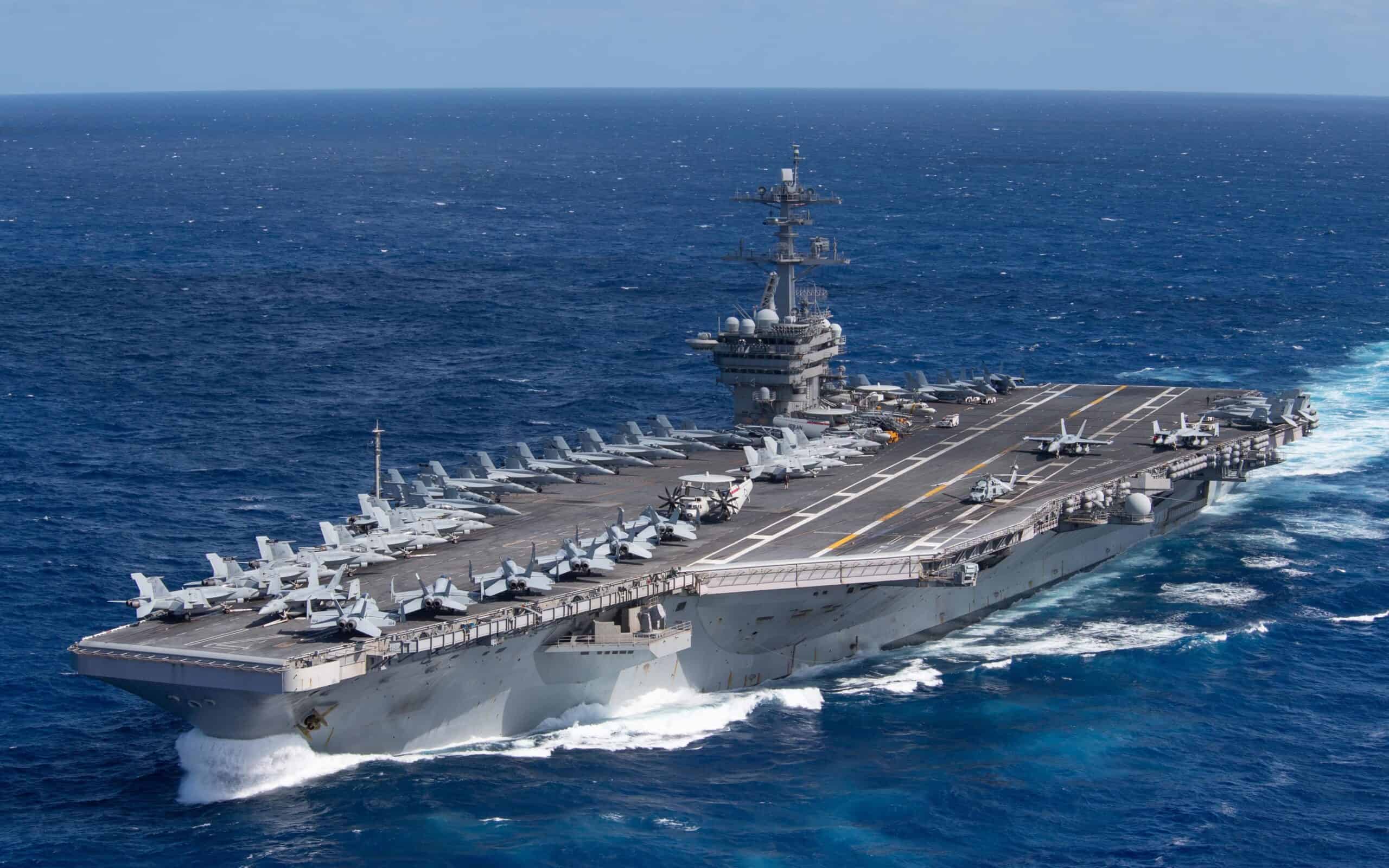
If North Korea’s prospects in the air seem grim, they’re even worse at sea. With 186 hulls, North Korea boasts one of the largest navies in the world. However, most of Pyongyang’s warships are ancient patrol ships with limited armaments and operational range. Its submarine fleet is similarly geriatric save for the ‘August 24 Hero’, a nuclear-armed submarine launched in 2023. Russia’s Pacific Fleet is headquartered at Fokino near Vladivostok in Russia’s Far East and is close enough to lend a hand. Russia probably wouldn’t risk its Pacific flagship, the Varyag, one of only three missile cruisers left but its submarines could pose a threat.
South Korea’s navy is one of the world’s best and the United States is still in a class of its own at sea. However, complete naval supremacy won’t be a factor in a conflict with North Korea. Years of isolation mean that Pyongyang has no maritime trade to disrupt. What little trade North Korea does engage in is overland with China and Russia. The bridge linking North Korea and Russia might be a worthwhile target but China would surely be off-limits.
The Ground War
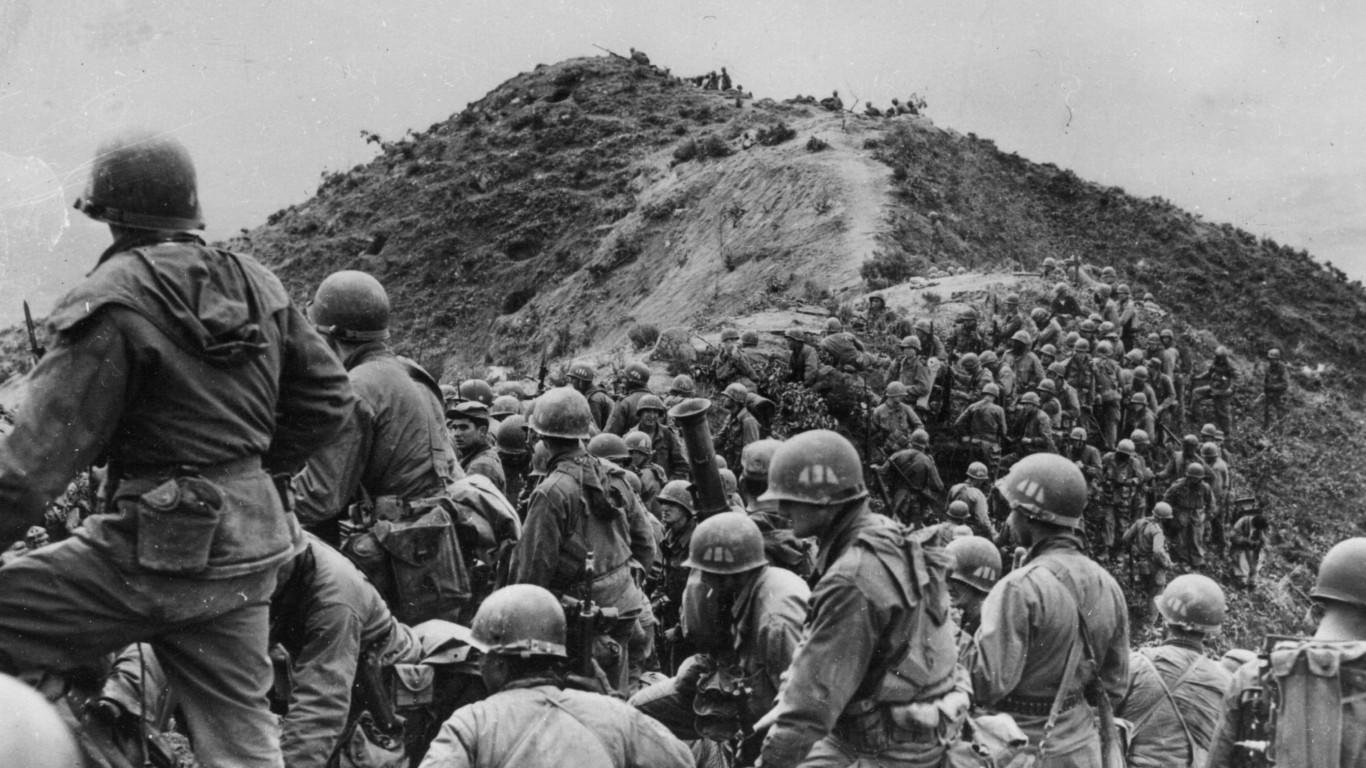
Korea’s mountainous terrain (70% of its landmass) is not conducive to rapid movement. Another Korean War would have millions of soldiers confined to an area about the size of Minnesota. North Korea has a huge standing army of just under 1.3 million men and many more reserves. Advancing along prepared, difficult ground defended by millions of soldiers will be tedious and costly. Even with a technological edge and complete air superiority, invading North Korea would be a tall order.
However, it’s not just the vast numbers of North Korean troops the US and South Korea would have to worry about. Limited aerial and naval operations could be carried out without drawing Russia into the war but a ground campaign would obligate Moscow to intervene. Worse, China has a security pact with North Korea and, just like the first war, would step in if Kim Jong-Un’s regime was in serious jeopardy.
As the British Field Marshall Bernard Montgomery once said in a speech to the House of Lords in 1962:
Rule 1, on page 1 of the book of war, is: ‘Do not march on Moscow’…(Rule 2) is: ‘Do not go fighting with your land armies in China.’
The Nuclear Option

North Korea’s nuclear arsenal is shrouded in mystery and diplomatic attempts to disarm its nuclear arsenal from 2003-09 fell flat. It’s broadly accepted that North Korea has about 50 nuclear warheads and has conducted several tests in recent years. It’s not clear yet if North Korea can reach the continental United States with an intercontinental ballistic missile (ICBM) but Guam would almost certainly be in danger.
North Korea is also exploring tactical nuclear weapons. Interestingly, the idea of using tactical nukes was considered by Dwight D. Eisenhower during the first Korean War. In such a tightly confined area, a miniature nuclear weapon could prove incredibly effective against military targets. North Korea’s nuclear doctrine was updated in 2022. Only Kim Jong-Un can authorize their use but the laws extended the circumstances where a nuclear launch is permitted. It would be a last resort but if Kim’s regime was about to collapse, that awful situation might become a reality. The American and South Korean response to a nuclear strike would be an extinction event for North Korea.
The Human Cost
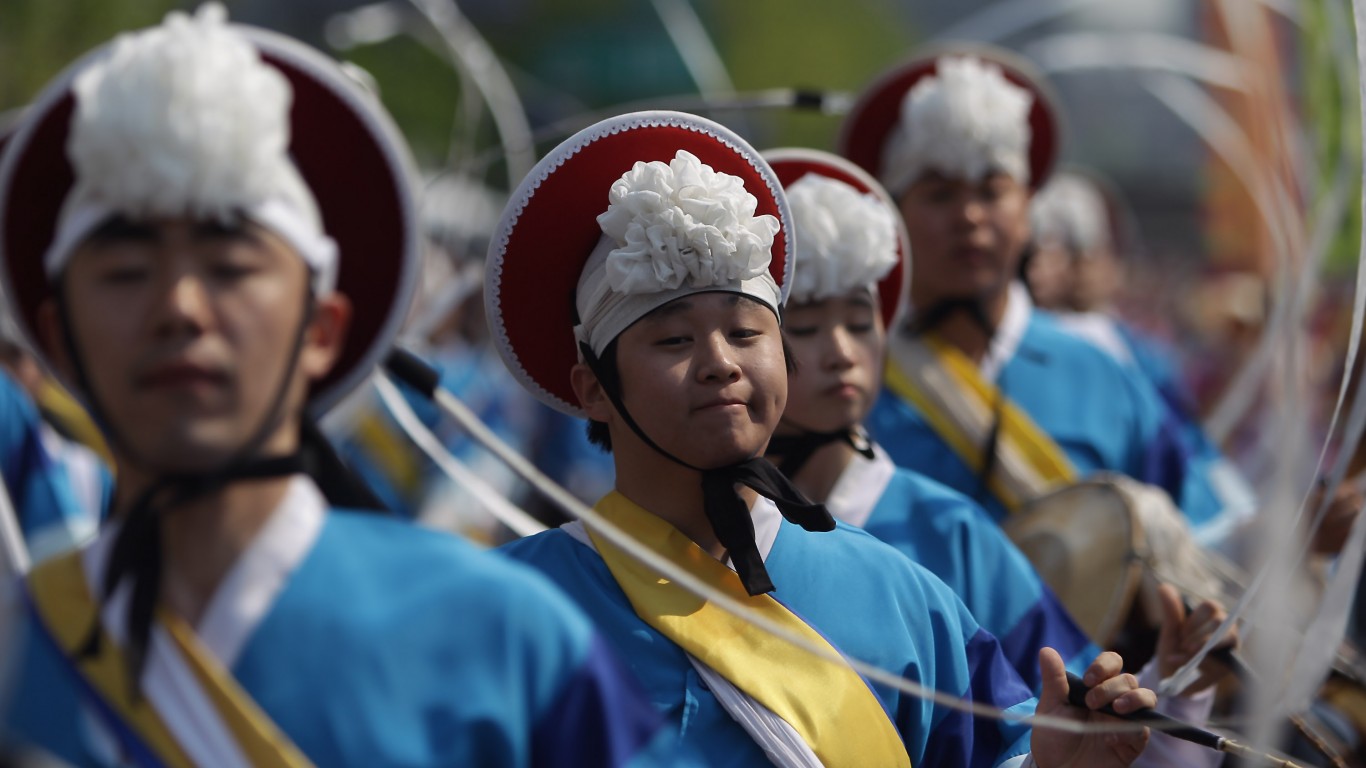
Even if nuclear weapons are not used, a new Korean conflict would kill thousands, likely millions. South Korea’s population is largely concentrated in cities near the border and Busan, on the southern coast, is the 7th largest port in the world and a tempting target within reach of Pyongyang’s missiles. The South Korean economy would soon be in ruins if war broke out.
North Korea is deeply food insecure and about 40% of the population is malnourished. Famine killed millions in the 1990s and a war with the United States and South Korea would almost certainly cause mass starvation. What little arable land the north has would be vulnerable and an authoritarian regime fighting for its survival would show little regard for the plight of its civilians.
Victory Conditions
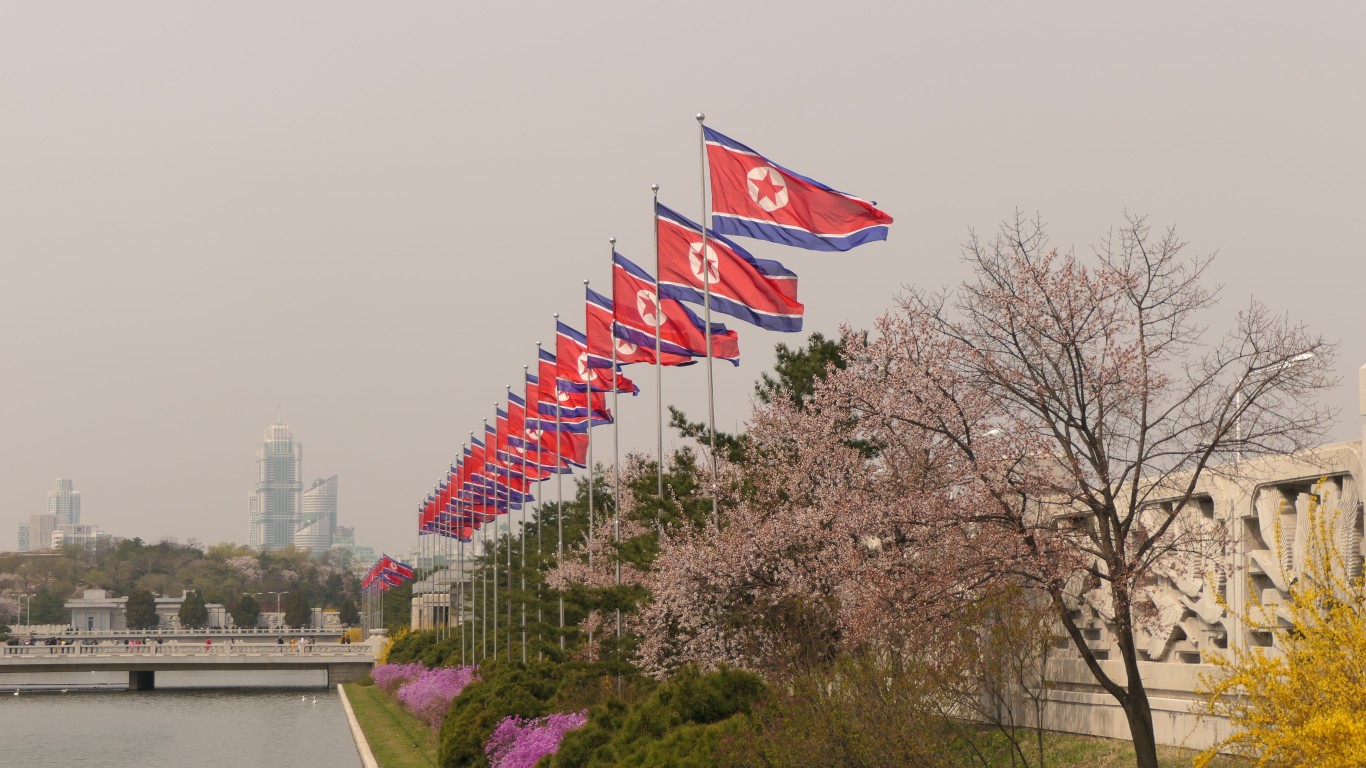
Even with Russian assistance, North Korea has no realistic hope of defeating South Korea and the United States militarily. However, South Korea and the United States would have to pay a steep price for victory. Toppling Kim’s regime by force would require sustaining such horrific losses that any victory would be hollow. South Korea is already facing a demographic crisis in peace, war could plunge one of the world’s top economies into a terminal downward spiral it may never recover from.
A contained war that avoids a ground invasion would prevent Russia or China from intervening but would make a total victory difficult to achieve. It’s possible enough external pressure could force regime change from within. Another conflict would challenge the Kim regime’s tight control over the flow of information in North Korea and sow the seeds of its downfall in the long run. It’s also entirely possible that, just like the first war, another armistice would end hostilities without a definite resolution.
Conclusion

The security pact between Russia and North Korea is alarming for South Korea and the United States but does not change much in the short term. It would take an extraordinary set of circumstances for Russia to be drawn into a war involving North Korea. The terms of the treaty give Moscow considerable discretion in its future dealings with Pyongyang. Long term, the technical assistance provided by Russia could narrow the gap between North and South Korea’s militaries.
North Korea’s large but mostly obsolete military is no match for South Korea and the United States. There’s no chance that Kim Jong-Un could oversee a successful invasion of his southern neighbor. However, North Korea can inflict serious, lasting damage on South Korea if drawn into war. The threat of conventional artillery and nuclear weapons means that any victory achieved by South Korea and the United States would be hollow.
The only viable forward is a combination of deterrence and diplomacy.
Take Charge of Your Retirement In Just A Few Minutes (Sponsor)
Retirement planning doesn’t have to feel overwhelming. The key is finding expert guidance—and SmartAsset’s simple quiz makes it easier than ever for you to connect with a vetted financial advisor.
Here’s how it works:
- Answer a Few Simple Questions. Tell us a bit about your goals and preferences—it only takes a few minutes!
- Get Matched with Vetted Advisors Our smart tool matches you with up to three pre-screened, vetted advisors who serve your area and are held to a fiduciary standard to act in your best interests. Click here to begin
- Choose Your Fit Review their profiles, schedule an introductory call (or meet in person), and select the advisor who feel is right for you.
Why wait? Start building the retirement you’ve always dreamed of. Click here to get started today!
Thank you for reading! Have some feedback for us?
Contact the 24/7 Wall St. editorial team.
